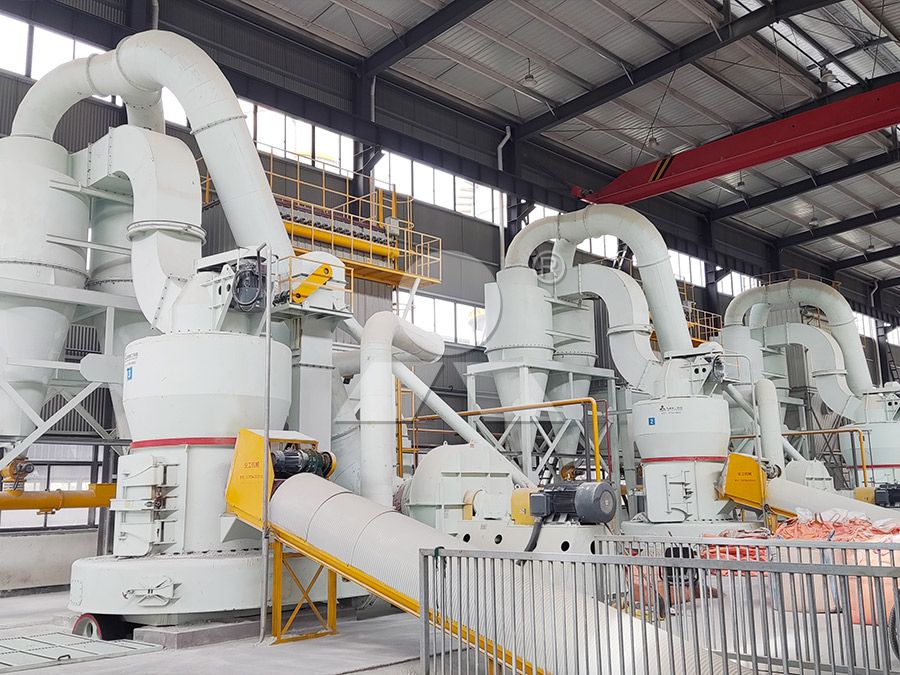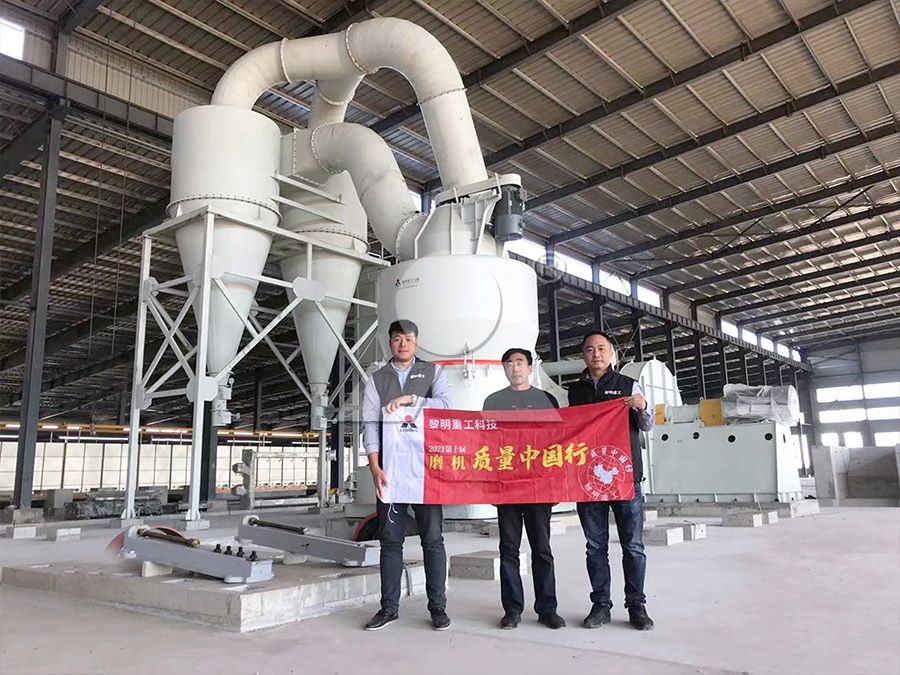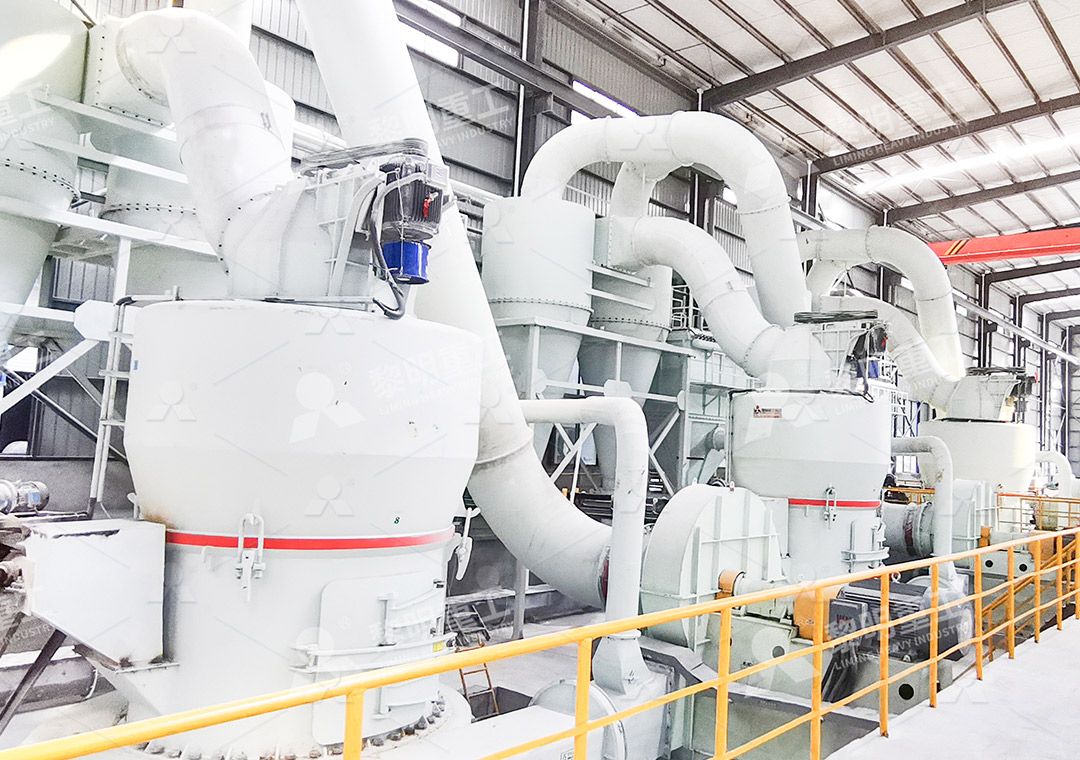How to Produce Dolomite Powder with a Raymond Mill
How to Produce Dolomite Powder with a Raymond Mill
Dolomite powder production represents a crucial process across numerous industries, from construction materials to agricultural supplements. The transformation of raw dolomite mineral into fine powder requires specialized equipment capable of delivering consistent particle size distribution and production efficiency. Among the various grinding solutions available, Raymond Mill technology has stood the test of time as a reliable workhorse for mineral processing operations.

Understanding Dolomite Processing Requirements
Dolomite, a calcium magnesium carbonate mineral (CaMg(CO3)2), presents unique challenges in powder production. The material’s moderate hardness (3.5-4 on Mohs scale) and crystalline structure demand careful consideration of grinding parameters. Successful processing requires equipment that can handle the material’s abrasiveness while maintaining consistent output quality.
The production process typically begins with primary crushing to reduce raw dolomite to manageable sizes. For Raymond Mill operations, the ideal feed size should generally remain below 25mm to ensure optimal grinding efficiency and prevent unnecessary wear on grinding components.
Raymond Mill Operation for Dolomite Powder
Traditional Raymond Mill systems operate on a well-established principle where material is ground between rotating rollers and a stationary grinding ring. The centrifugal force generated by the rotating main shaft causes the grinding rollers to swing outward, pressing against the grinding ring and crushing the material fed between them.
For dolomite specifically, operators must pay close attention to several key parameters:
- Moisture content: Raw material should ideally contain less than 6% moisture to prevent clogging and ensure smooth operation
- Feed size distribution: Consistent feeding of properly sized material ensures stable operation and uniform product quality
- Grinding pressure: Appropriate spring pressure must be maintained to achieve the desired fineness without excessive energy consumption
- Airflow management: Proper ventilation is crucial for material transport and classification within the system

Advanced Alternatives for Enhanced Performance
While traditional Raymond Mills serve many operations effectively, technological advancements have introduced more sophisticated solutions for demanding applications. For operations requiring higher production capacity or finer powder specifications, our MW Ultrafine Grinding Mill presents an excellent alternative.
This advanced system operates with an input size of 0-20 mm and capacity ranging from 0.5-25 tph, making it suitable for various production scales. The MW series is specifically engineered for customers requiring ultra-fine powder, with adjustable fineness between 325-2500 meshes. Its innovative design eliminates rolling bearings and screws in the grinding chamber, significantly reducing maintenance concerns and potential machine damage from loose components.
The integration of efficient pulse dust collection and noise reduction technologies ensures environmentally compliant operation, addressing two common concerns in mineral processing facilities. The external lubrication system allows for continuous 24-hour operation without shutdowns for maintenance, dramatically improving operational efficiency.
Optimizing Your Dolomite Powder Production
Successful dolomite powder production extends beyond equipment selection. Operators should implement comprehensive quality control measures throughout the process. Regular sampling and particle size analysis help maintain consistency in the final product. Additionally, proper maintenance scheduling for wear parts ensures continuous operation and prevents unexpected downtime.
For operations processing other materials alongside dolomite, or those requiring flexibility in product specifications, our LUM Ultrafine Vertical Grinding Mill offers another capable solution. With independent design incorporating the latest grinding roller technology and German powder separating technology, this system handles input sizes of 0-10 mm with capacities of 5-18 tph.

Frequently Asked Questions
What is the typical production capacity of a Raymond Mill for dolomite powder?
Traditional Raymond Mills typically offer capacities between 0.6-5 tph for dolomite processing, depending on the desired fineness and specific model configuration.
How fine can dolomite powder be produced using grinding mills?
While standard Raymond Mills produce powder in the range of 80-325 mesh, advanced systems like our MW Ultrafine Grinding Mill can achieve fineness up to 2500 meshes (d97≤5μm) for specialized applications.
What are the main advantages of modern grinding systems over traditional Raymond Mills?
Contemporary systems offer significantly higher energy efficiency (30-50% reduction in consumption), advanced automation capabilities, reduced maintenance requirements, and superior environmental performance through integrated dust collection and noise reduction technologies.
How does moisture content affect dolomite grinding efficiency?
Excessive moisture (typically above 6%) can lead to material adhesion, reduced throughput, and potential blockages in the grinding chamber. Proper material pre-drying or selection of mills with integrated drying capabilities is recommended for high-moisture feed stocks.
What maintenance considerations are specific to dolomite grinding operations?
Dolomite’s abrasiveness necessitates regular inspection of grinding components. Modern mills address this through designs that eliminate vulnerable components from the grinding chamber and provide easy access for maintenance and replacement of wear parts.
